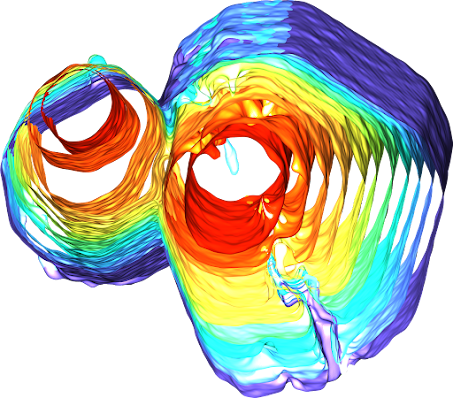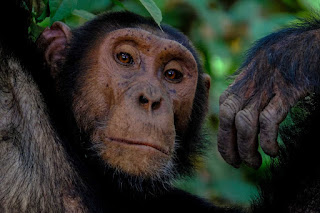 |
| An X-ray tomography visualization shows a top-down view of two quasicrystals as they start to meld together during cooling. Image credit: Shahani Group, University of Michigan |
A class of materials that once looked as if it might revolutionize everything from solar cells to frying pans—but fell out of favor in the early 2000s—could be poised for commercial resurrection, findings from a University of Michigan-led research team suggest.
Published in Nature Communications, the study demonstrates a way to make much larger quasicrystals than were possible before, without the defects that plagued past manufacturers and led quasicrystals to be dismissed as an intellectual curiosity.
“One reason why industry gave up on quasicrystals is because they’re full of defects,” said Ashwin Shahani, U-M assistant professor of materials science and engineering and chemical engineering and a corresponding author on the paper. “But we’re hoping to bring quasicrystals back into the mainstream. And this work hints that it can be done.”










.jpg)



.jpg)

